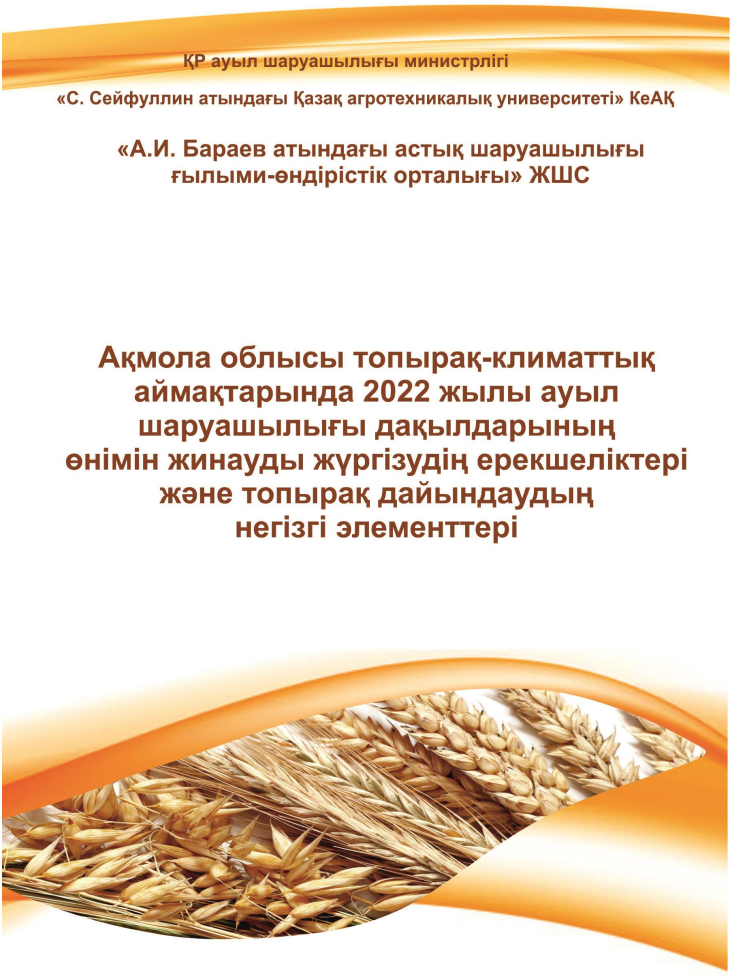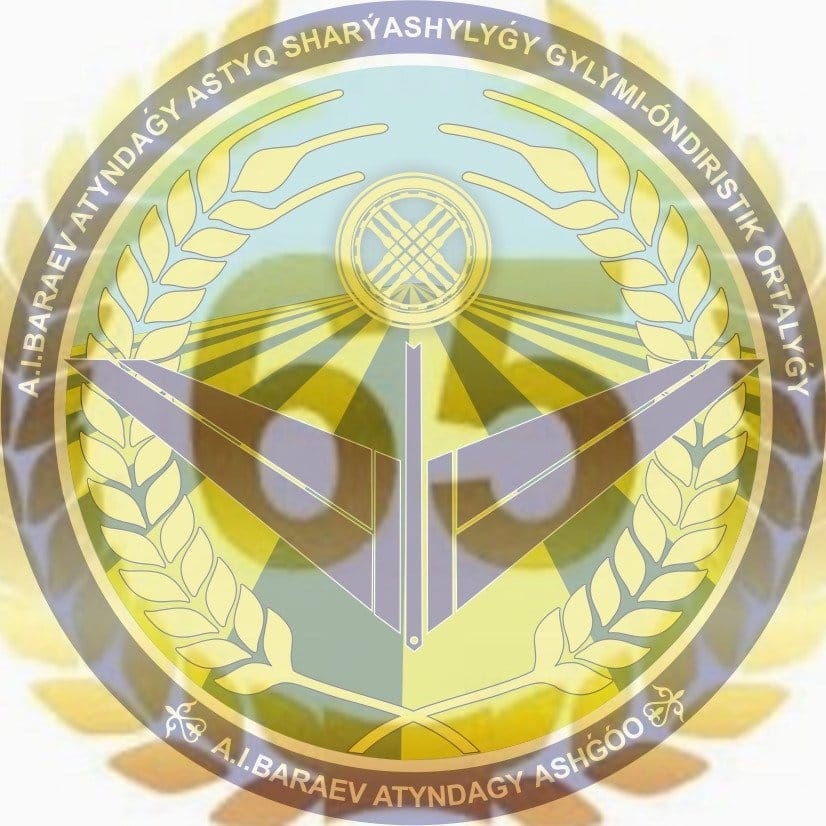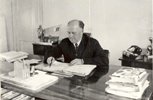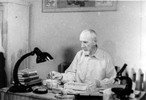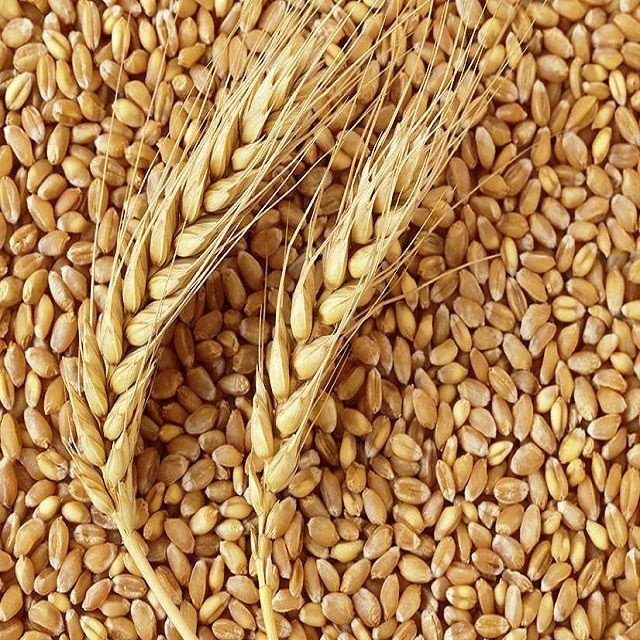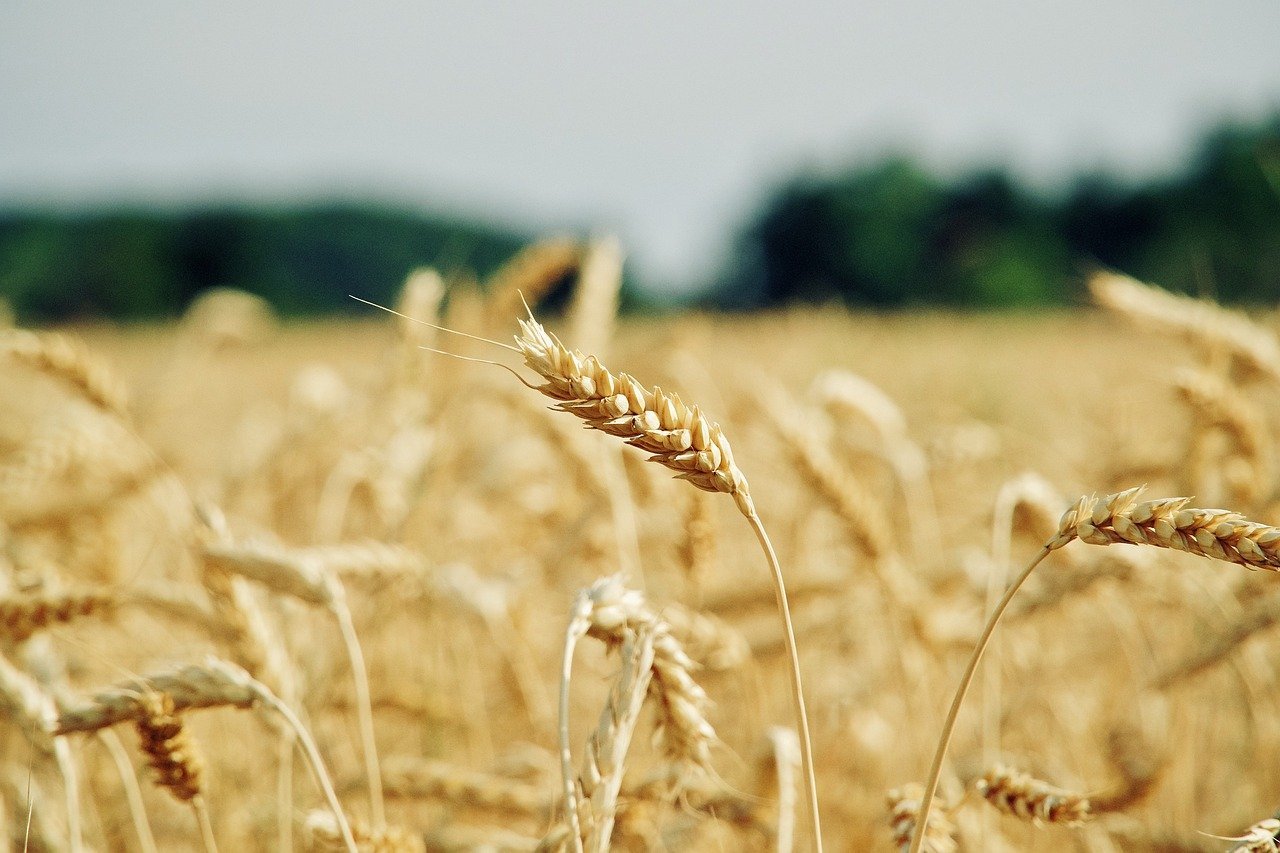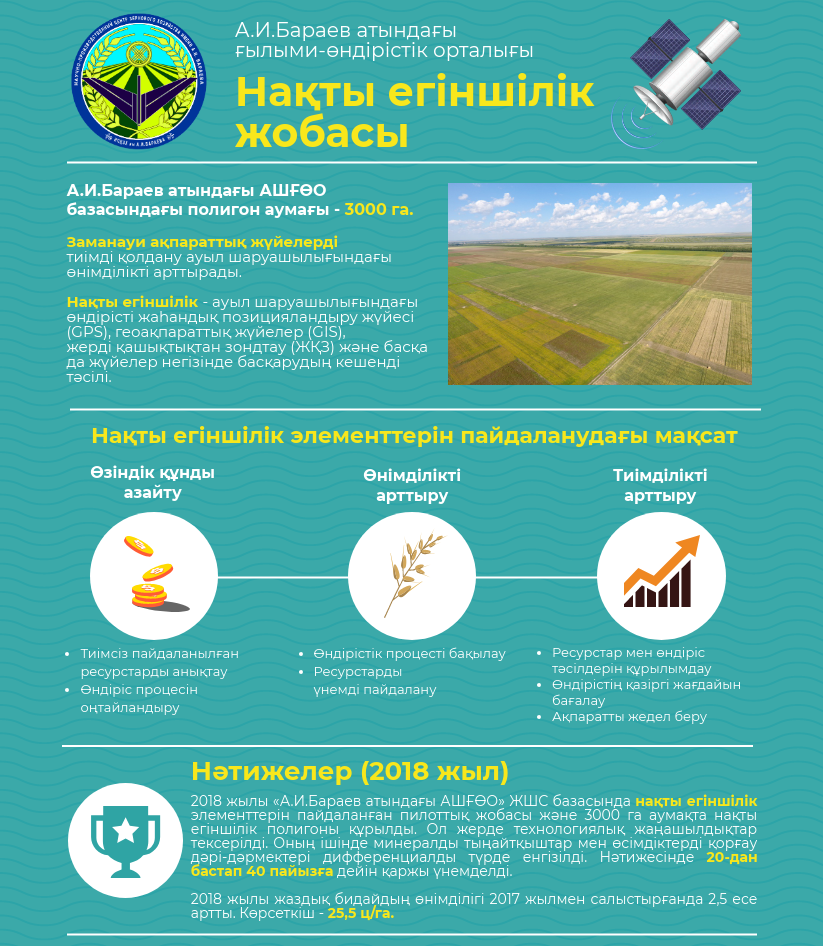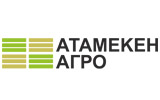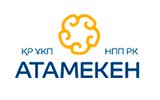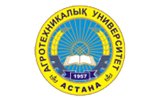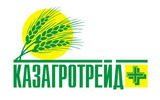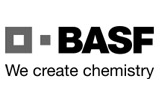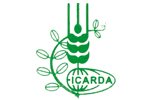The history of crop breeding in Northern Kazakhstan
News
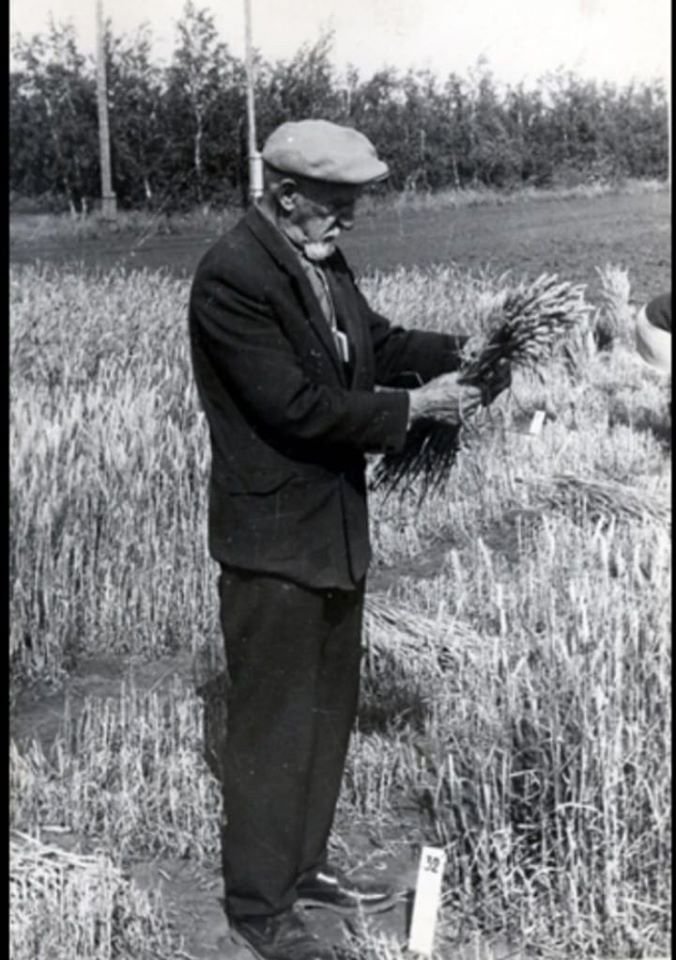
The history of crop breeding in Northern Kazakhstan is connected with the name of the talented scientist breeder Hero of Socialist Labor, USSR State (Stalin) Prize laureate, academician V.P. Kuzmin, who laid the foundation for practical selection for the steppe regions of the USSR back in 1936.
At the first stage, Valentin Petrovich studied the breeding value of local forms of spring wheat, barley, oats, millet, buckwheat, peas, winter rye, flax, sunflower, camelina, alfalfa, rump and wheatgrass. It has been confirmed that the effect of the arid climate leads to an increase in the protein content in the grain. But the effects of drought, inclement weather, frost, and sometimes rust in the fall, impurities of sclerotia smut and ergot contribute to the formation of grain of a small, angular, wrinkled, polluted, turbid gray color. Due to these almost permanent defects, the grains of bread in Siberia and northern Kazakhstan were defined as second-class bread. Screening of numerous forms of field crops as a result of cultivation under local conditions simultaneously led to the accumulation of forms of very valuable biological and physiological properties: drought tolerance, cold resistance, and overall viability. This was especially pronounced for spring soft and hard wheat when comparing local varieties with foreign ones taken from the arid regions of the globe by climatic analogy. It was not possible to isolate a single variety from foreign ones for local conditions; this was due to the harsh climate of the north of Kazakhstan. This result was taken into account in determining the direction of further breeding work.
The local material of Siberia and Kazakhstan played a very large role in the systematic development of selection. To give spring wheat cold hardiness in the early spring period of growth and development, Valentin Petrovich decided to cross spring and winter forms of wheat. Using this method, the first selection variety Akmolinka 1 was obtained, which in 1959 was sown on 3.5 million hectares. The versatility of research allowed Valentin Petrovich to simultaneously create varieties (over 40) for a wide range of different crops. For soft and hard wheat, winter wheat, barley, rye, buckwheat (Kazakhsha), sunflower (8 varieties), 41 Shortandinsky variety was recommended in 17 regions of the Soviet Union, potatoes (6 varieties), peas, camelina (Shortandinsky variety), alfalfa (variety Shortandinskaya 2), flax (9 varieties), peas, chickpeas, raspberries, which at one time played a significant role in the food balance of the former USSR.
1 516 -рет қаралды



